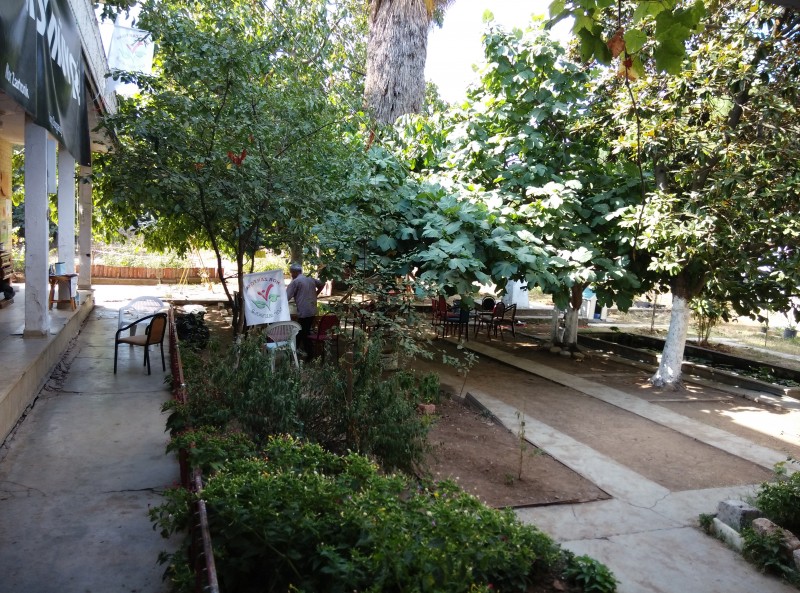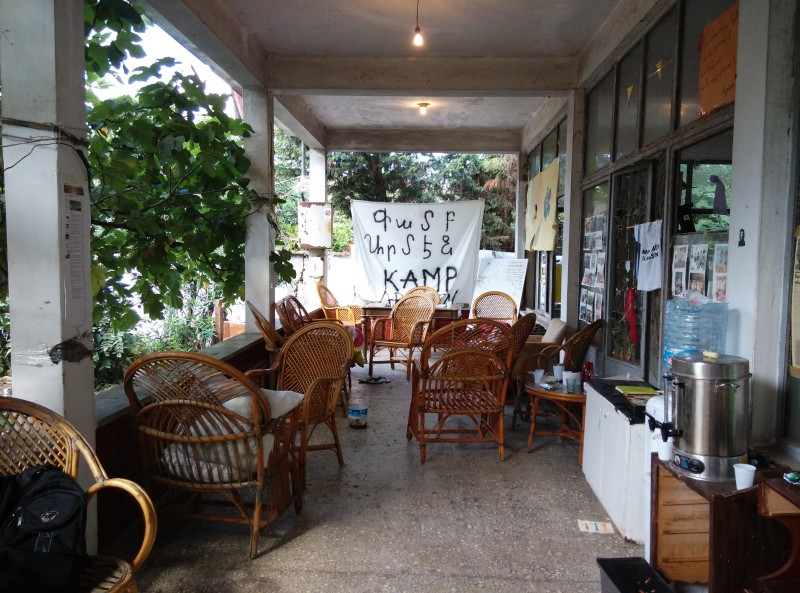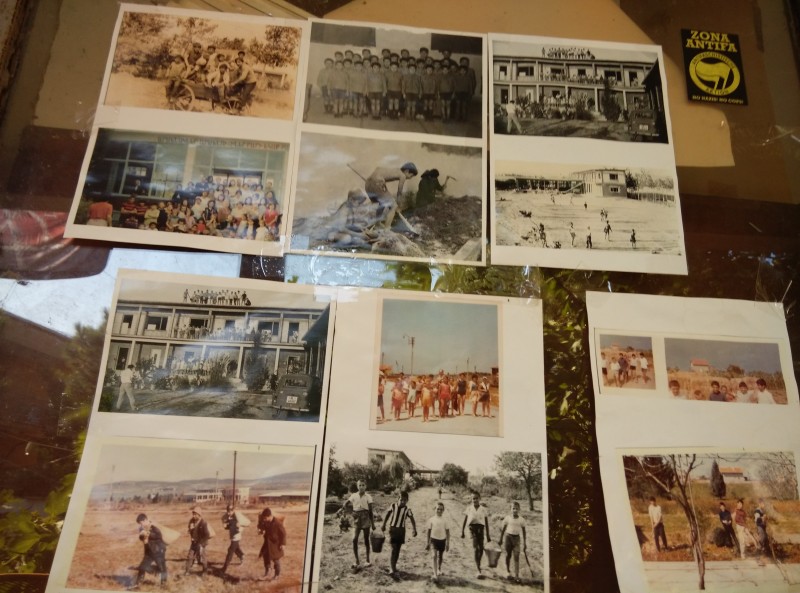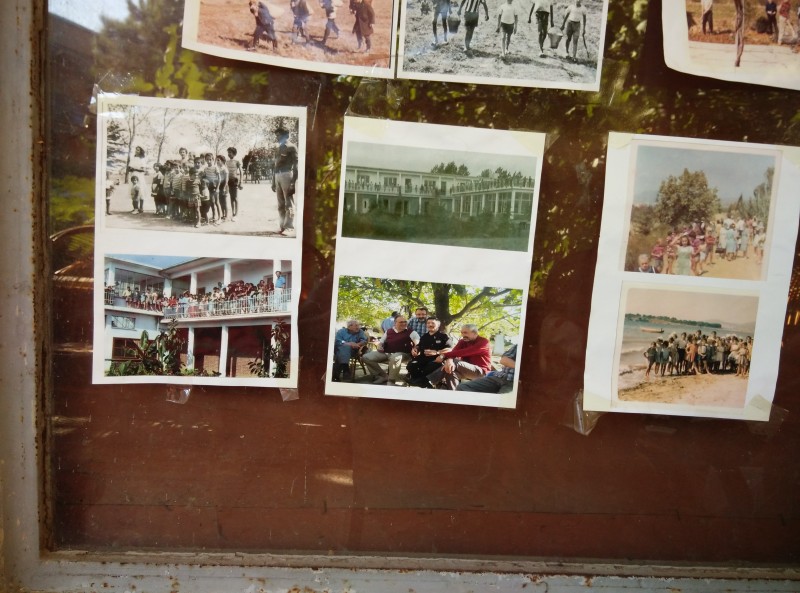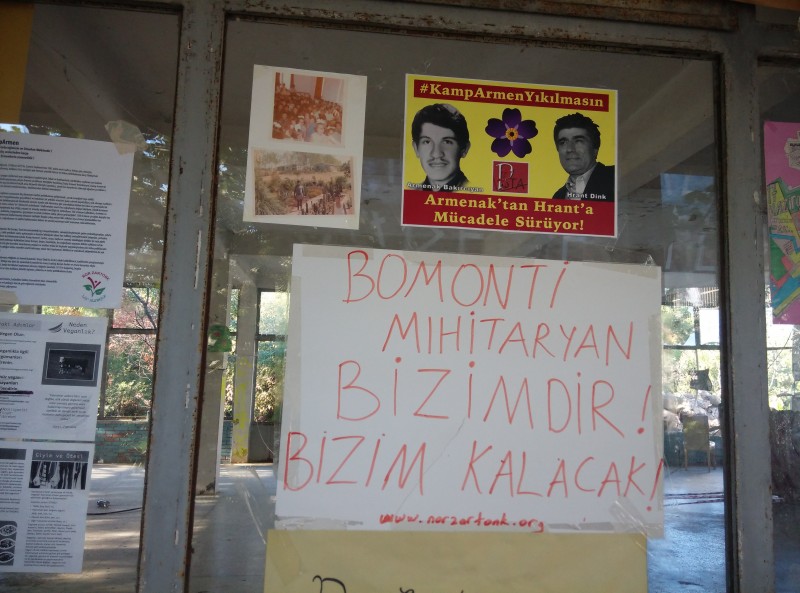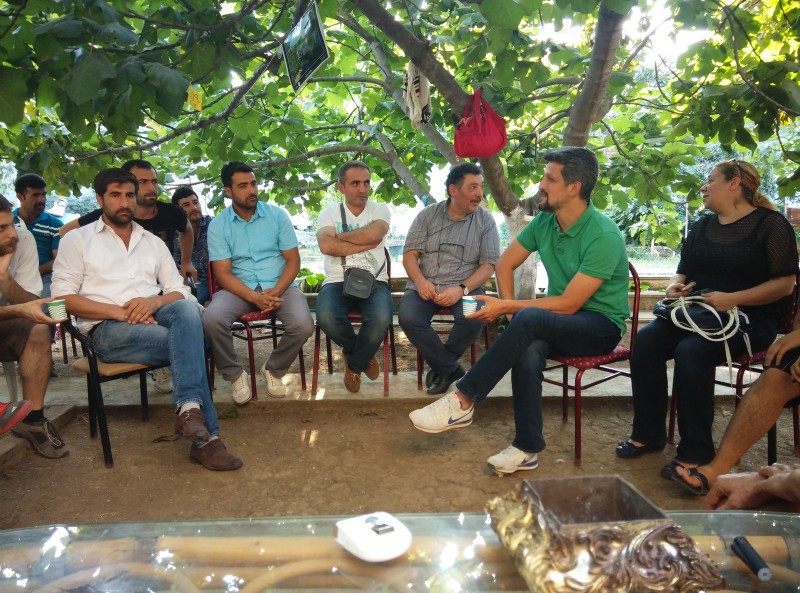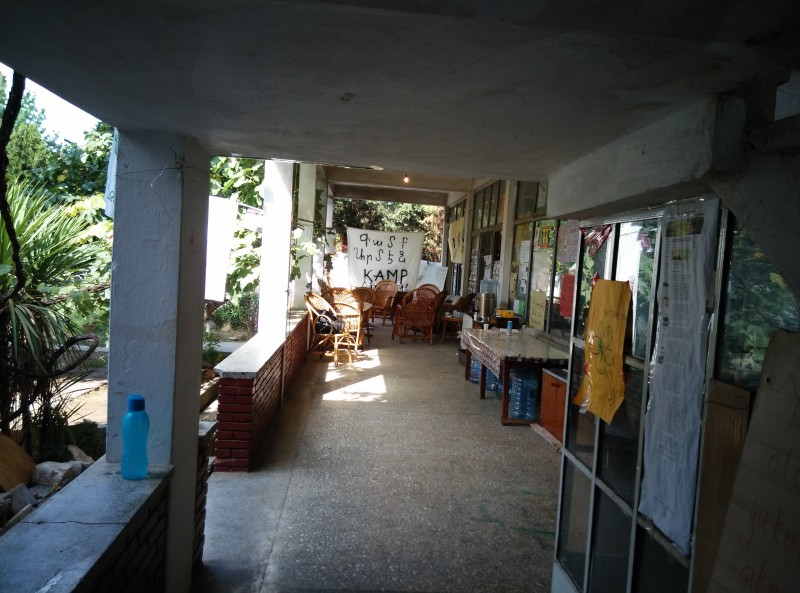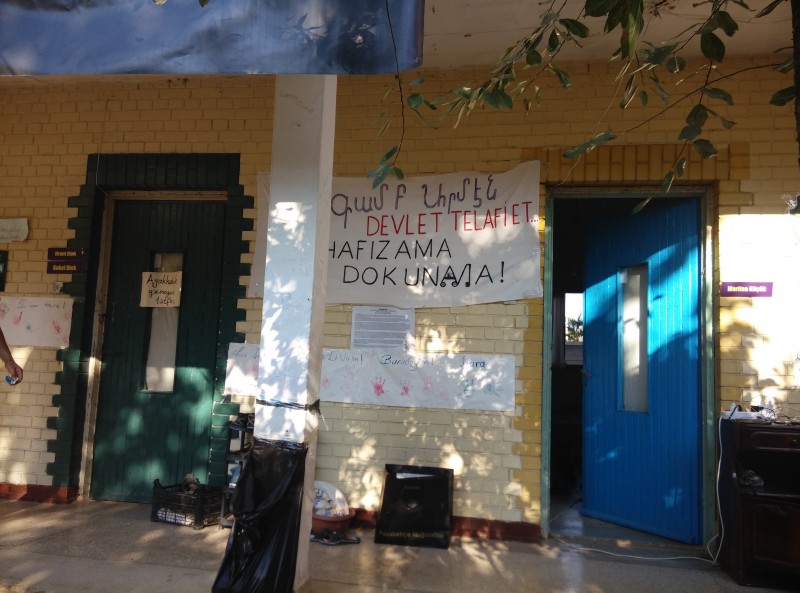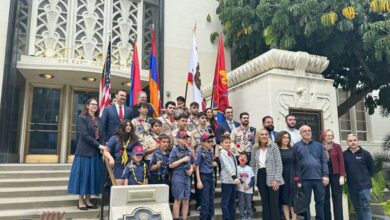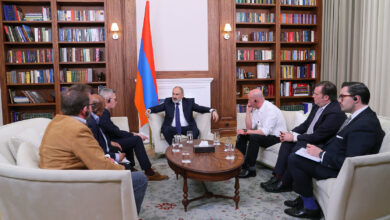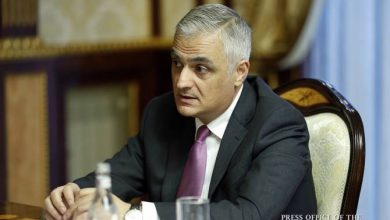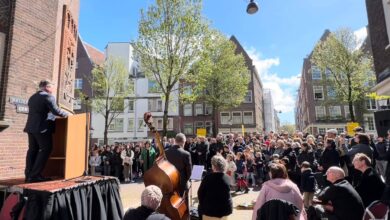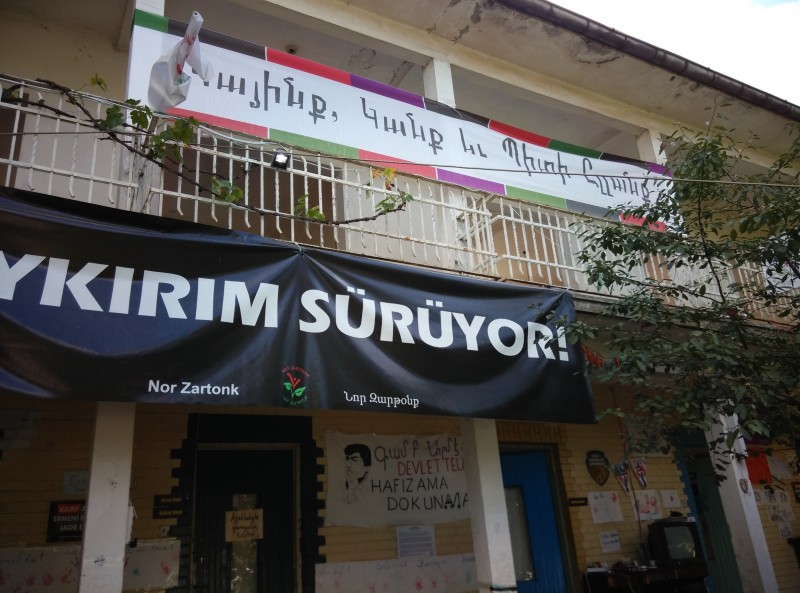

Kamp Armen, an Armenian orphanage built in Istanbul’s Tuzla neighborhood in 1962, faces the danger of demolition. Activists have been struggling since May to save the orphanage. Construction works have now been stopped under public pressure.
A few days after the Armenian Genocide Centennial, on May 6 in the morning of May 6th construction machines entered into the premises of Camp Armen and started destroying the building.
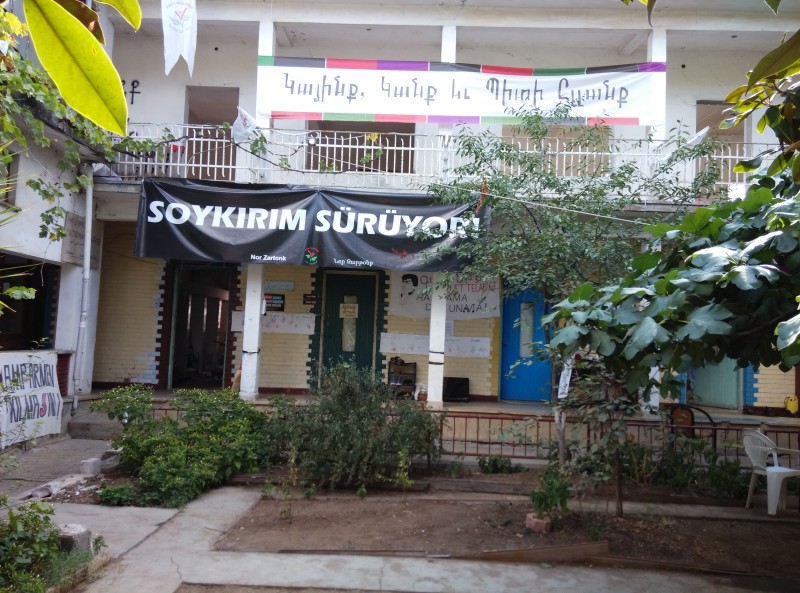
Activists are now holding vigil to protect the building. The resistance began when the current property owner tried to demolish the camp in order to realize his own project. All in all, 1,500 citizens joined the struggle, Kurds and Turks among them.
Garo Paylan, an Armenian MP of the Peoples’ Democratic Party (HDP), has joined the vigil. Speaking to Public Radio of Armenia he said the struggle for the orphanage will continue.
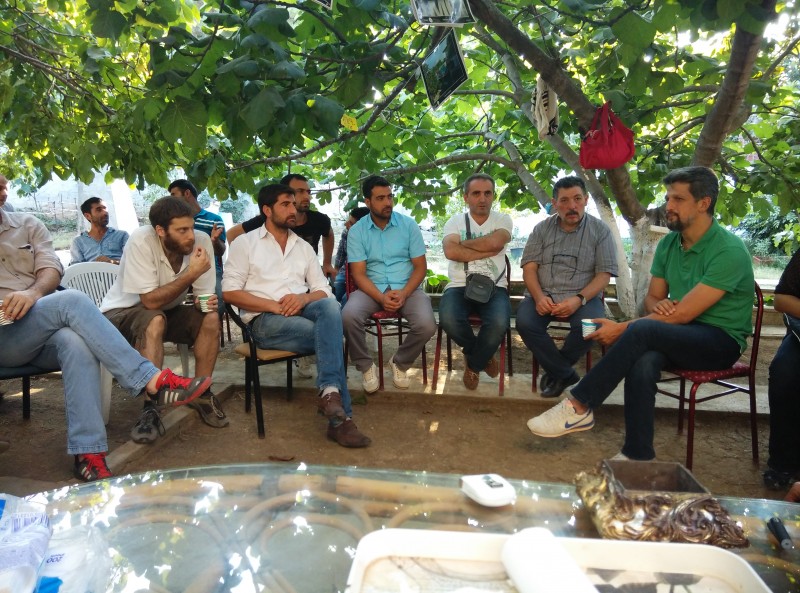
“Hrant and Rakel Dink have done much to keep Kamp Armen since 1980. The orphanage could have a different fate if Hrant was alive. When the camp was first attacked on May 6, many people gathered to support us – the leadership of the Tuzla district, representatives of the pro-Kurdish People’s Democratic Party, and many others. We’ll struggle until we achieve results. We are now waiting for the result of parliamentary elections, and we hope the issue will be solved,” Paylan said.
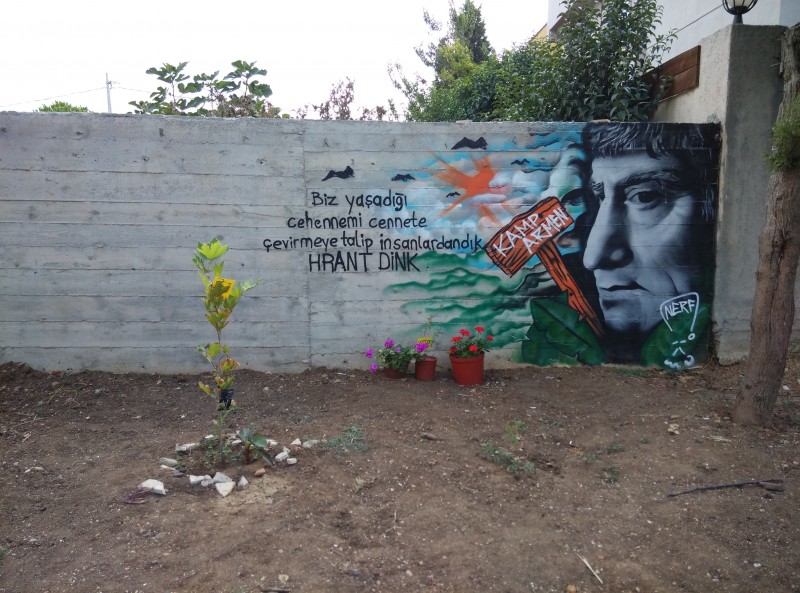
When visiting Kamp Armen one can see young people of different nationalities sitting side by side, because there is one thing uniting them all – the struggle for justice. Those who keep vigil often host guests, who come to encourage and give them advice. The head of Tuzla district has been supporting the activists since the start of the resistance.
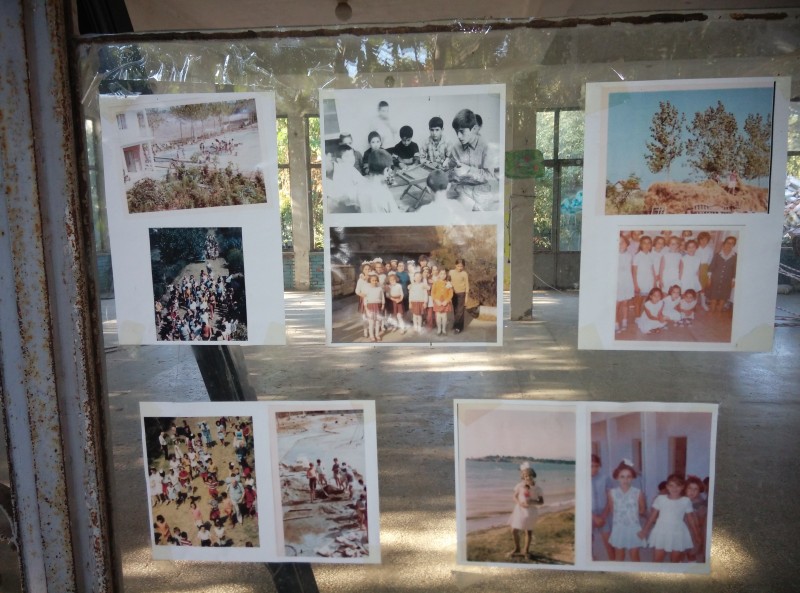
Camp Armen was one of the most symbolic and important property belonging to the Armenian community and confiscated by Turkish authorities. In 1915, after the Armenian Genocide, there was no school left in Western Armenia and more than 1500 Armenian orphans were living in the camp and being taught the Armenian language.
In 1962, the Church Foundation administration, after receiving the necessary permissions from all relevant State institutions like the Foundations Regional Directorate and the Istanbul Governorate, purchased the land plot of the Tuzla Camp from Sait Durmaz, and registered the deed in the foundation’s name. Then, the children at the orphanage worked an entire summer to build the camp where hundreds of children would eventually attend.
On 6 July 1971, the 2nd Civil Chamber of the Court of Cassation, by unanimous vote, approved the recognition as foundation vouchers of the 1936 declarations of community foundations that had no foundation voucher. This served as a legal provision to prevent community foundations from acquiring real estate properties directly or through inheritance.
When the General Assembly of the Court of Cassation approved the decree of the 2nd Civil Chamber of the Court of Cassation on 8 May 1974, the legal precedent was set. In cases filed following this approval, the great majority of immovable assets community foundations acquired after 1936 were seized.
On 23 February 1979, the Foundations General Directorate applied to the Kartal 3rd Civil Court for the cancellation of the deed held by the Gedikpasa Armenian Protestant Church Foundation and the return of it to its former owner. At the end of the case that lasted four years, the court ruled for the return of the property to its former owner. Thus, Sait Durmaz, retook the land he had sold in 1962 as an empty plot, without paying a single penny, and with the camp facilities built on it in the meantime. The Armenian Protestant Church Foundation was forced to return a property it had purchased years ago by fulfilling every manner of legal procedure to its former owner as if it had stolen it in the first place.
When in 2011, a change in the Law on Foundations triggered a process for the return of seized foundation properties; an application was made to the Foundations General Directorate for the Tuzla Children’s Camp as well. However, the Foundations General Directorate, on the basis of the legal cancellation of the sale of the Tuzla Camp, did not treat the file as a ‘seized property’ file, and thus the return of the camp or the payment of compensation did not take place.
Hrant Dink had described the Tuzla Children’s Camp where he grew up, met his future wife, and later assumed its administration along with his wife Rakel Dink as ‘the Atlantis Civilization’. This reference specifically underlines the contribution of the children’s own labor in the creation of the camp.
Photos by Armine Gevorgyan
